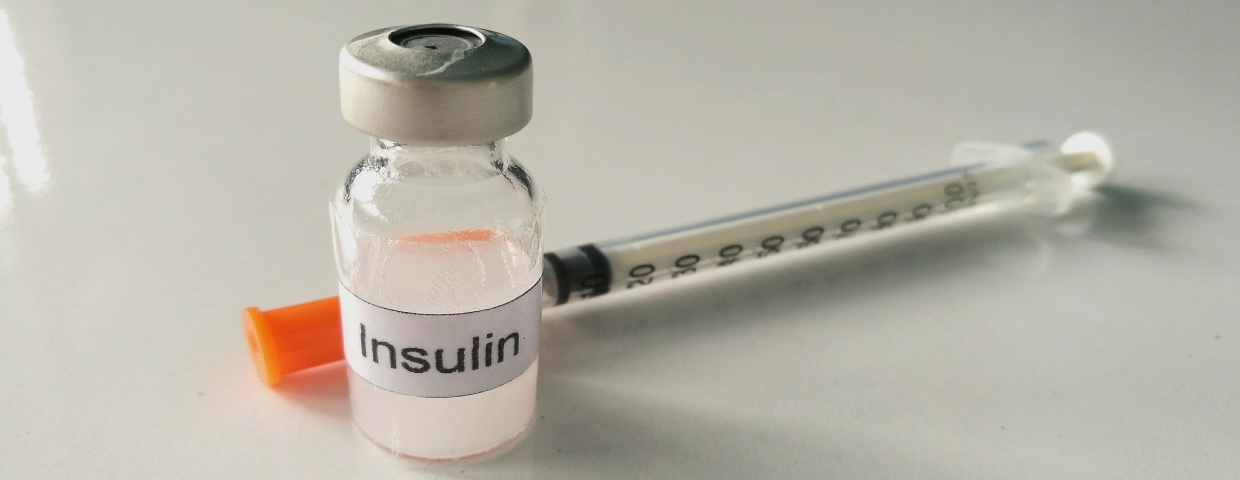Sternum Support for Everyone
The healing journey after cardiac surgery looks different for each patient. Some patients need more time to heal, while others want to be back on their feet as soon as possible--but one thing that all patients struggle with is pain. Pain is a universal part of the healing journey, and, luckily, there's a solution that's just as universal: sternum support.
How Sternum Support Helps Any Patient
Sternum support doesn't just make patients more comfortable--it actually speeds healing and limits the risk of complications. That's why sternum support devices are such a crucial part of the healing journey. The best part is that there is a perfect device for every patient, which means that the advantages of sternum support can really be universal. Don't just take our word for it, though--here are a few real benefits of sternum support that any patient can enjoy.










